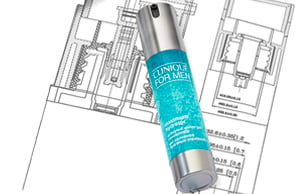This post will discuss the sealing capabilities for packaging and the different types of liners/seals commonly used in industries. So, let's move on without any delay.
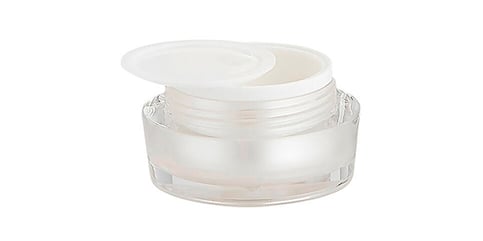 A seal prevents leakage and inventory waste and instills peace-of-mind through tamper-evidence protection. A liner creates the seal between the container and the cap. If we use some unacceptable liner, it prompts costly failures and puts the product's integrity in danger. Before we discuss the different types of seals, let's find out the answers to some important questions first:
A seal prevents leakage and inventory waste and instills peace-of-mind through tamper-evidence protection. A liner creates the seal between the container and the cap. If we use some unacceptable liner, it prompts costly failures and puts the product's integrity in danger. Before we discuss the different types of seals, let's find out the answers to some important questions first:
Q1- What level of tamper-evidence is required?
Various products demand various degrees of adhesion for tamper-evidence. Welded tamper-evident liners and seals are a great choice if it is vital to make consumers realize an item has not been changed since it left the manufacturer. Similarly, clean peel seals can also be considered, in which the entire liner strips away and leaves the container-opening clean with no residue.
Q2- Is the item a liquid, solid, or powder?
Aggressive products may need a barrier layer, while inert products may not need it.
Q3- Should the package be leak-tight?
Air and water-tight seals help avoid leakage. We can apply varying levels of adhesion to make the ideal seal for the container material.
Different Types of Seals/Liners
Initially, strong heat seals were a condition for a package to avoid failure and maintain integrity. Shortly after that, the trend shifted to easy-peel seals. The reason is, people wanted secure packaging while ensuring it gets opened conveniently.
Such a requirement led the manufactures to look at the sealing temperatures heedfully. They noticed, as the temperature increases, the seal strength also goes up. With thermoplastic polymers, they started playing within the admittedly restricted temperature range.
Finally, they found some seals could become strong enough to maintain integrity while breakability remains relatively effortless. With that in mind, let’s discuss a few seals widely used nowadays.
1) Foam Polystyrene Pressure Seals
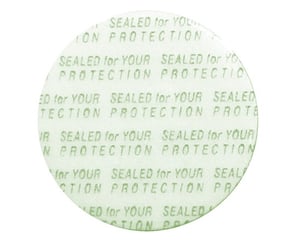
Do you want to protect your working capital while delivering a superior-quality package to your consumers? There comes no better option than pressure seal liners since they do not need an outside heat source while coated with torque-activated adhesive.
It results in a tamper-evident seal due to the regular application of torque, which is easy to peel off as well. These single-use seals work with all materials from glass to plastic and are recommended for sealing dry products.
The costly heat induction equipment is no more a requirement to apply the liner to the bottle.
2) Heat Induction Liners
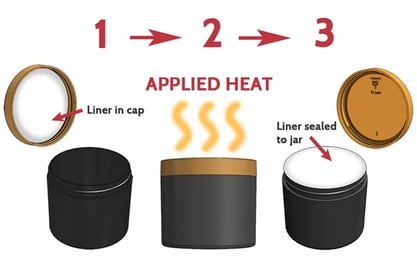 Image Credit: parkwayjars.com
Image Credit: parkwayjars.com
Nowadays, consumers demand easy-to-open packages and have a sturdy preference for the lift and peel heat seal material. Over a conventional seal, an easy-to-open element of the seals wins over the hearts of the people. The demand is so strong that marketers have begun mentioning Lift and Peel on product packaging as a benefit.
Lift and peel factor enables brand differentiation, whether you need welded tamper-indicating seals or you require a clean peeling seal that prevents leaks and maintains freshness. Well-engineered and designed, it maintains product integrity and plays out as a competitive edge for the brands. More so, it helps a product stand apart from the rest.
The seal comprises three layers: Heat seal, Foil middle, and Backing piece. Induction liners are used inside the cap and create a water and airtight hermetic seal. The tab contains a polyester's twin formation, designed to get ergonomically easy to grip and immensely flexible.
3) Two-Piece Heat Induction Liners
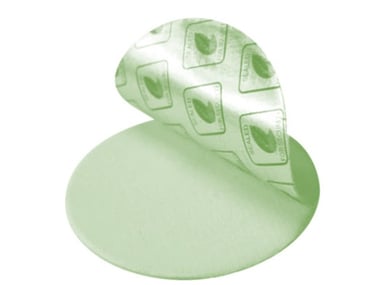
Do you want to eliminate the requirement for lining the closure in two different stages? You can take benefit from two-piece heat induction liners. This liner is used where products are not consumed immediately after opening the seal.
With wax, paper-backed foil gets temporarily bonded with the base-liner. The paper consumes the wax during the induction sealing process. Air and water-tight hermetic seals get formed out of the wax barrier and foil. These seals prevent leakage and indicate tamper evidence. The pulp board liner lingers in the cap for recurrent use, serving to extend shelf life and avert leakage.
Varying degree of adhesion and liners' choice make two-piece heat induction liners an outstanding seal for multiple packages, including dry products, fruit juices, glass cleaner, milk, peroxide, and spices. A liner may range from pierceable welded and puncture-resistant liners to easy entry clean and peel.
4) Pressure-Sensitive Liners
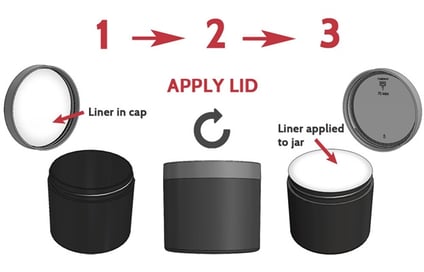
Image Credit: parkwayjars.com
Pressure-sensitive liners, also known as press and seal liners, consist of adhesive coated foam. The liner is lightly positioned inside the cap that is fastened onto the container. By closing the lid to the container, the liners will stick to it without any special tools.
Press and seal foam liners can get used to prevent tampering with the product and ensure customer confidence. Apart from this, it can get also used for the following reasons:
- It prevents the leak of liquid products.
- It gives a longer shelf life to products that come in contact with air. Knowing that some products result in oxidation since the ingredients used in beauty products are sensitive to oxygen and jeopardize their effectiveness.
- It ignites customer confidence in buying the product when the product appears sealed.
- It enables the safe return of the product when the customer decides not to keep it. Press and seal liner ensures the product in the container maintains integrity.
5) Foam Cap Liners

Image Credit: parkwayjars.com
For the avoidance of general-purpose leaks, foam cap liners work at maximum efficiency. They can guard against alkalis, alcohols, solvents, oils, cosmetics, acids, and aqueous products. Polyethylene foam cap liners have good impact strength and flexibility and are also cost-effective.
For repeat use, glossy and white foam material liners contract in the cap to form a secondary seal. It makes foam liners an exceptional solution for restricting leaks in glass and plastic bottles that contain pharmaceuticals, water-based adhesives, and lotions. Not only these but also include hydrogen peroxide, mustard, mouthwash, pickles, lemon juice, olives, shampoo, salad dressing, and shoe polish.
6) Cosmetic Disc Liners
Cosmetic disc liners are used for cosmetic products and act as barriers between the product and the outside contamination. They pair with unlined caps and are generally made for dry products and creams.
How May We Help You?
Do you have any queries regarding the seals of the packaging or otherwise? Contact us since we are available to assist you anytime.


